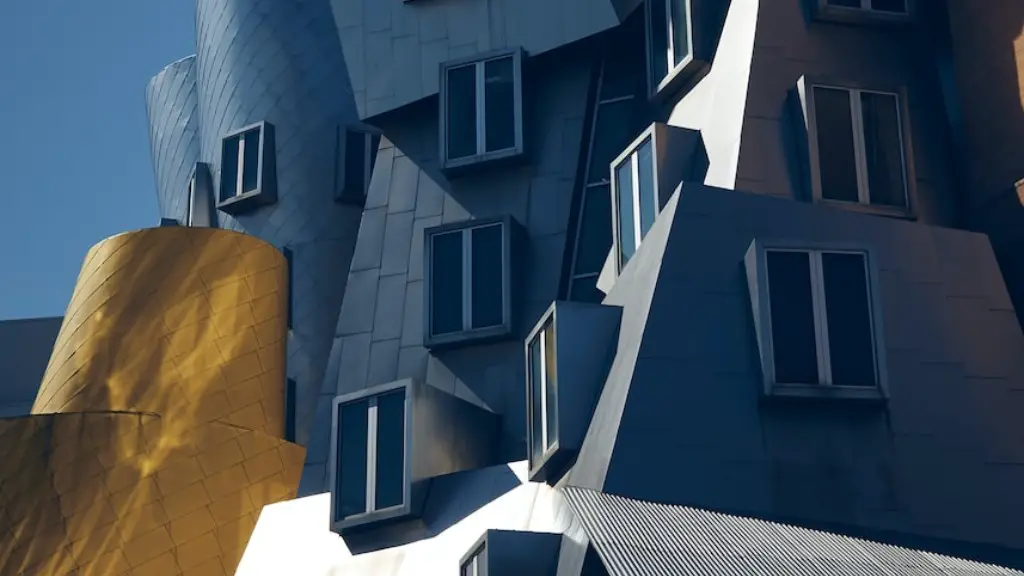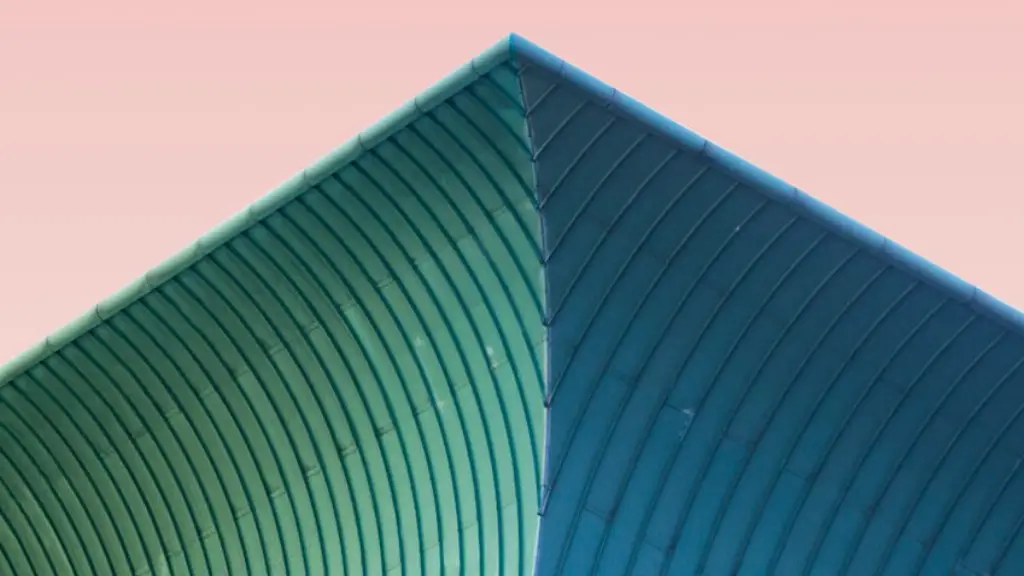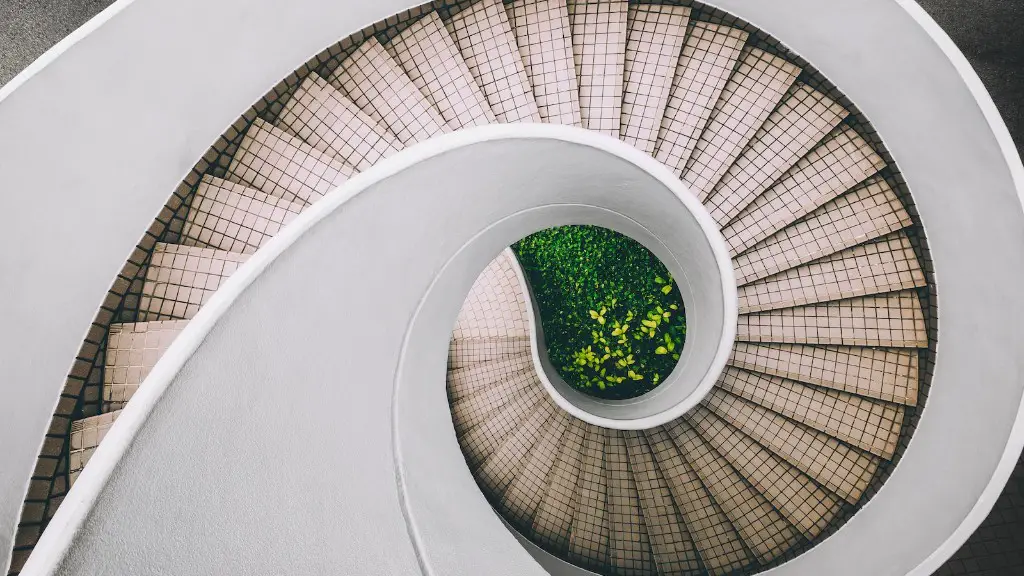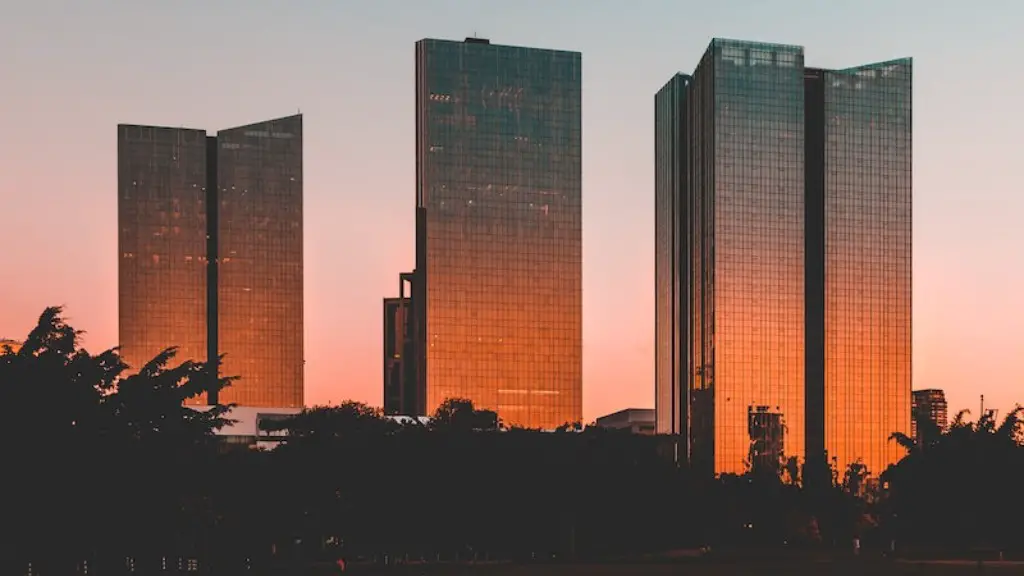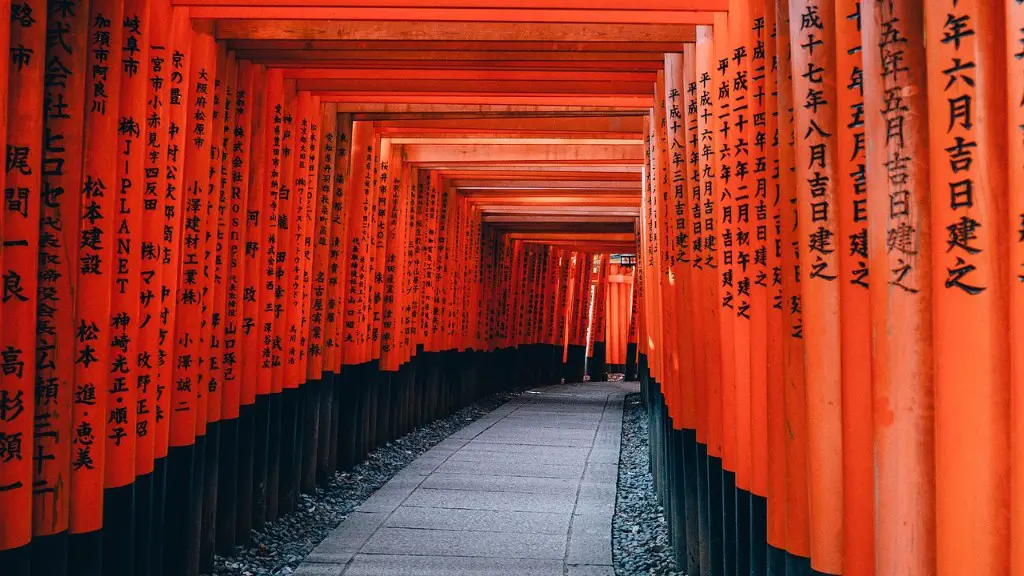Tropical design architecture blends the beauty of nature with the enviromental adaptability of climate-responsive building to create a truly unique style. Tropical architecture is becoming increasingly popular, with both residential and commercial buildings adopting the design principles and taking full advantage of the environmental and aesthetic benefits they offer. The goal of tropical architecture is to create an environment that is comfortable, energy efficient, and leaves a light footprint on the environment and on the local cultures.
Tropical architecture focuses on creating structures that are tailored to the local environment, taking full advantage of the climate and the elements. This type of architecture typically features the use of large windows and open-air spaces to maximize natural light and ventilation, as well as shading devices such as trellises, overhangs, and eaves to protect from direct sunlight and heat.
The use of local materials is also essential to tropical architecture. Local materials, such as wood, stone, and bamboo, not only reduce costs and transportation but also create a sense of connection to the environment and the culture. Other elements, such as landscaping, pools and natural stones, can also be integrated into the design. The result is an environment that is both functional and aesthetically pleasing.
Sustainability is an important factor to consider when building with a tropical design. Energy and water efficiency should be a priority, as well as the integration of natural passive systems such as wind catchers, breezeways, and insect-proofing to reduce heating and cooling costs and energy use. Innovative technologies such as solar panels and rainwater harvesting can also be utilized to further reduce environmental impacts.
Tropical architecture is also known for its focus on human comfort. Innovative designs often incorporate biophilic elements, such as green walls, skylights, and gardens that bring nature inside. This can create a healthier, more pleasant environment and provide a sense of well-being.
The trend towards tropical design architecture has been gaining momentum in the past few years, with many architects recognizing the potential for such buildings to act as sustainable, comfortable and aesthetically pleasing spaces. The principles of tropical architecture can be applied to any climate, from equatorial to desert, and from tropical to temperate. Although tropical architecture may be rooted in a specific culture or region, it has the potential to embody a much broader set of values, including sustainability, comfort and beauty.
Construction Challenges
Constructing a tropical architecture structure is no small feat. Careful consideration must be taken to ensure that the building’s material choice and design is suitable for the local environment, and that the construction process is efficient and sustainable. The design must also meet the local building codes, which may be more stringent in the case of tropical architecture. Site conditions and the availability of resources should also be taken into account when designing a tropical building.
The use of local materials is an important factor in the construction of tropical buildings, as they are more likely to be ecologically and socially responsible. Local materials often require specific tools, methods and skill sets that may not be readily available in other climates or regions. Additionally, local materials may not always be the most cost-effective or easily sourced. Careful research should be done to ensure the most suitable material for the specific project is chosen.
Working with the local climate is another essential factor for tropical architecture. An understanding of the local climate is needed to select the right materials, building systems and situating the building to maximize its impact on the environment. The building must be designed to take advantage of natural shading and ventilation systems such as overhangs and breezeways to reduce the need for air conditioning. It must also be designed to reduce energy and water consumption and to ensure the building is as air tight as possible.
Design Flexibility
The flexibility of tropical architecture is its most compelling attribute. The goal is to create a unique and localised structure, which merges seamlessly with its natural environment. This can be achieved by incorporating local cultural elements, a variety of local materials, and custom designing for the climate. Tailored to the specific environment and the local cultural context, tropical architecture can become the perfect expression of the culture.
The design possibilities are almost limitless. Materials can be combined and arranged to create interesting patterns and textures, creating dynamic and engaging spaces. Horizontal overhangs, low roofs, and breezeways can also be used to soften the building’s appearance, allowing it to blend in with the surrounding environment.
Tropical architecture can also incorporate innovative and creative construction techniques, such as lightweight building systems. These systems are designed to be adaptable and can be used to create a range of structures, from single-story buildings to more elaborate multi-story structures.
By blending traditional practices with modern design principles, tropical architecture can offer a unique and sustainable living environment that is in harmony with the local climate.
Insulation Challenges
Insulating a tropical structure can be a challenge due to the high humidity and frequent rains. The best approach is to design the building to take advantage of natural airflows and ventilation, and to use materials that provide insulation and breathability.
A common approach is to use insulated walls and a roof that uses a double layer of insulation. The insulation should be made of breathable materials such as polyurethane foam, which will allow moisture to escape while still providing a high degree of insulation. Additionally, the insulation should be applied in two layers, with the first layer being solid and the second layer being more porous and allowing air to move freely.
The insulation should also be applied in a uniform manner and to all the four walls and the roof. This will ensure that any air movement is evenly distributed and the temperature inside is more stable. Additionally, the insulation should be done during the dry season, as moisture can reduce the effectiveness of the insulation.
It is also important to consider the climate when choosing materials for the walls and roof. Materials such as thatch and bamboo are common, but concrete or steel may be more suitable in certain climates. Additionally, materials should be chosen based on the local environment, such as if the structure is in a coastal area or close to a lake.
Cost of Tropical Building
Tropical architecture is often more expensive than traditional building practices due to the specialized nature of construction and the materials and labor required. Additionally, site preparation and access to necessary resources can also add to the cost of the project.
However, the increased cost can often be offset by the energy and water savings achieved with a tropical design. Additionally, tropical architecture often requires less maintenance, as the materials used are designed to be durable and resistant to damage from the elements. The long-term savings can far outweigh the initial expenses.
Additionally, the use of local materials and resource efficient construction methods can reduce overall costs, as well as carbon emissions associated with transport and other environmental impacts. The use of renewable energies, such as solar and wind, can also reduce the project cost and provide clean, renewable power.
When done properly, a tropical building can provide a unique and climate-responsive living space that is both comfortable and aesthetically pleasing. The cost savings and sustainability benefits can also be appealing to potential buyers, which can increase the desirability and value of the building.
Design for Comfort
Comfort is an important factor to consider when designing a tropical structure. The use of natural ventilation and shading techniques, such as overhangs, trellises and breezeways, is essential to keep the structure cool while taking advantage of natural light.
The indoor environment should also be designed to be comfortable and pleasant. This can be achieved by incorporating biophilic elements such as green living walls, skylights, and gardens. Additionally, the use of natural materials, such as wood and bamboo, can help create a natural feel.
Furniture and other decorative elements should also be chosen to ensure comfort and functionality. Furniture should be lightweight and mobile to make the most of the space, and materials should be chosen to provide breathability and insulation. Curtains, blinds and other soft furnishings can also be used to provide extra comfort and privacy.
As tropical climates can be very hot and humid, the selection of cooling systems is an important factor to consider. Evaporative coolers and fans can provide a basic level of cooling, but air conditioning can also be used in more extreme climates. Additionally, the use of energy efficient lighting will help reduce energy consumption.
Value of Tropical Design
The value of tropical architecture is becoming increasingly recognized due to the success of projects that use these principles. Through the use of innovative materials, resource efficient construction methods, and local materials, tropical architecture has the potential to create structures that are both aesthetically pleasing and environmentally friendly.
The trend towards a more sustainable and climate-responsive approach to design is gaining momentum, as is the use of natural materials to create comfortable and welcoming environments. The use of traditional construction methods blended with modern design principles has allowed a unique and locally-influenced style of architecture to emerge, and is increasingly being seen as a desirable and valuable solution for many projects.
Tropical architecture has the potential to create living spaces that are beautiful, comfortable, and sustainable and that reflect the local environment and culture. As the trend towards sustainable and climate-responsive building continues to gain momentum, tropical architecture is sure to remain a viable and attractive option for many designers and developers.
